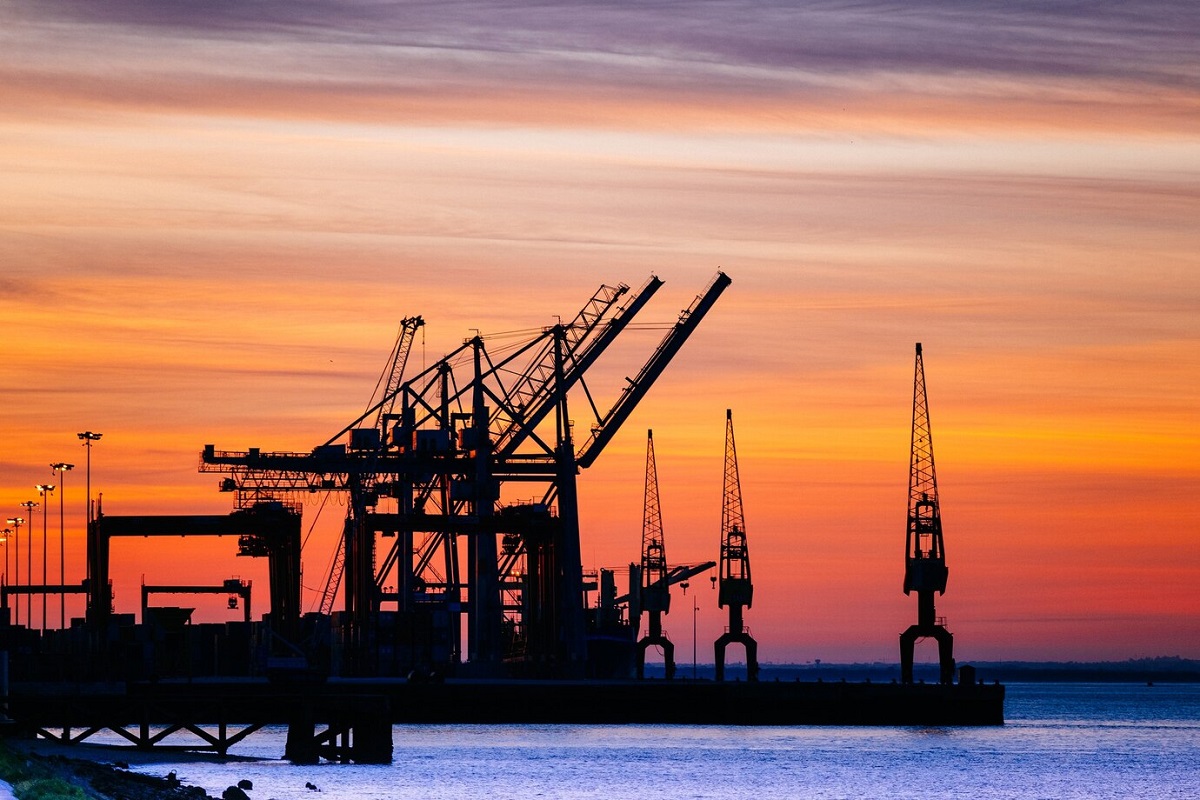
Well Costs Are Too High
The reality should have dawned on us by now that oil price will not be returning to $100/bbl very soon, and the era of gold plating wells, have gone! The oil & gas industry is almost at a stand-still and there are no investments coming in. The lack of investments is due to the fact that wells costs are still too high to be commercially viable. And this is after milking the supply chain, and forcing contractors to their knees. Can we further reduce costs, and make a drilling project viable? How do you achieve a step-change in drilling performance?
Three Systematic Techniques, well applied, can guarantee 50% savings:
1 Expand Your Well Options
Many well projects still proceed with too limited options evaluated. It is disheartening to see that the vast majority of new wells being drilled have too much resemblance to the wells drilled when the oil price was $100/barrel. Worse still, technical and commercial options have been chosen, that have questionable value. The value realised from a well depends on a clearly defined front-end well design process:
a) Identify wells meeting subsurface objectives. Use an external consultant, vast experience to facilitate and generate the well options.
b) Establish evaluation criteria (Is it lowest cost/ft? highest ft/day? or, lowest non-productive time? etc).
c) Evaluate the options and produce a well design document detailing the engineering behind the chosen well. This is the step that saves the well CAPEX and reduces non-productive time, yet its often the process that is omitted often from the drilling process due to non-availability of the required expertise.
2 Populate the Project Team with professionals with relevant experience
This step is by far the most challenging step for several reasons:
a Real quality project experience is diverse and hard to find – most experiences are single type wells with multiple repetitions, obtained while high oil prices did not allow enough discipline to question drilling performance. Top quality drilling professionals, on the other hand, have implemented several technologies such as managed-pressure drilling, multi-lateral wells, slim wells, multi-bowl and shared conductor wells, etc, in their careers. They also have multi-region experiences across many countries and worked in teams with high diversity. they have deep and broad experiences that cover the full well delivery life-cycle from well design, drilling & completion, re-entry, well intervention, as well as well abandonment.
b DrillingOperations versus Well Engineering experience – Achieving a team with a balance of both engineering and well site operations experience is the easiest to implement. However, most teams are skewed towards well site experience, limiting the space for cost improvement. This is as a result of the myth that the deeper the wellsite experience, the better. While deep operations experience can save on non-productive times, managing the well delivery process to identify and engineer the most economical & technical well option, requires the best of engineering creativity and experience. Yet top-class engineering alone, can be undermined by one massive operational failure requiring long NPT for recovery.
c Tying things up with the right management – In drilling, every organisational level appears to be specialised, have impact on well cost, and the drilling project manager is not an exception. Drilling managers are often made from people with wellsite or engineering experience. Yet what is required is closer to human resources, to motivate the team and focus them on the project objective, as well as project management & petroleum engineering expertise, than just wellsite operations.
3. Manage and control every aspect of the project, from well design, well execution to supply chain and logistics. Establish excellent team communication protocol. Paying little attention to one aspect of a well project, is the real reason for under performance in well delivery and high well cost. Implement the right process, and the boom will return earlier, even at lower oil prices.
